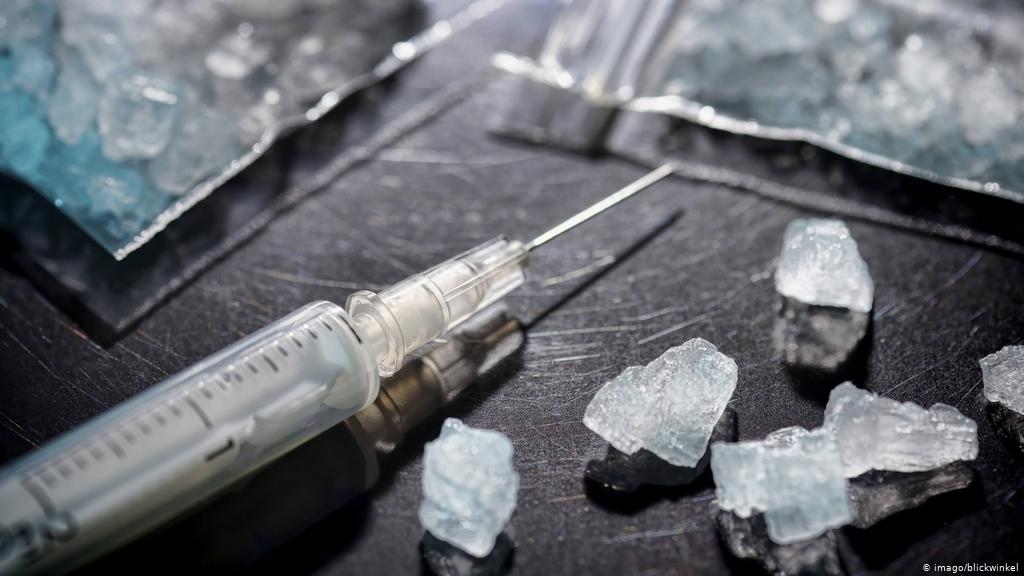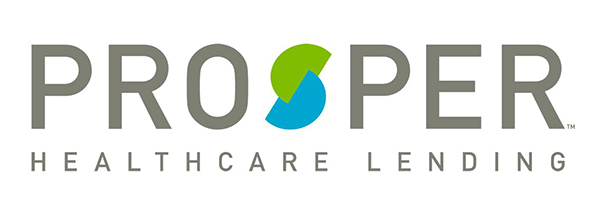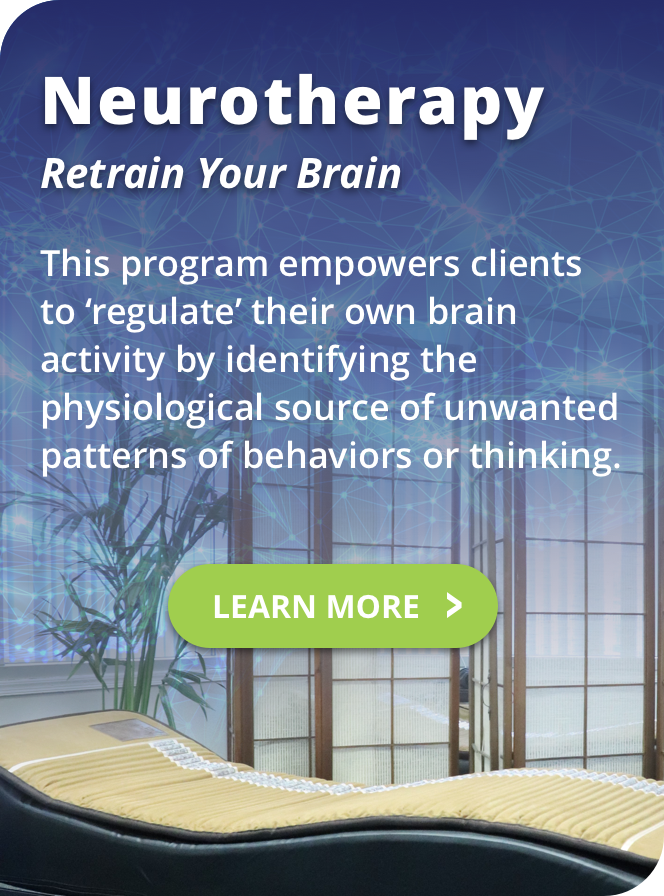Often simply referred to as "uppers," stimulants provide their users with feelings of euphoria, energy, and alertness. This effect can lead to stimulant drug abuse, and once dependency occurs, it can be difficult for someone to stop without professional treatment. Even doctor-prescribed medications can lead to addiction to stimulants.
Doctors prescribe some stimulants for legitimate medical purposes. Narcolepsy and Attention Deficit Hyperactivity Disorder (ADHD), for instance, are treated with methylphenidate (Concerta and Ritalin) or amphetamines (Dexedrine and Adderall). Synthetic cannabinoids and illicit substances - such as crack, cocaine, bath salts and MDMA - have similar stimulating effects.
Both illicit and prescription use of these substances is on the rise. Stimulant drug abuse has led to public health emergencies across America, so everyone should be educated on the risks, prevention and dangers of taking these substances. At Transformations Treatment Center, we strive to help those with dependency issues get started on the path to a better life.
Stimulant Drug Abuse Symptoms
The symptoms of a stimulant abuse problem are varied due to the wide array of drugs that fall under this designation. Users of ecstasy and methamphetamine, for instance, could experience very different reactions. If you think you may have a substance abuse problem, though, there are several tell-tale signs that could indicate that you’re correct.
If you’re experiencing any of the following signs of stimulant drug abuse, you should seek out help. This type of addiction can very easily lead to overdose, dangerous withdrawal symptoms, or fatal reactions.
- Using prescription medications differently than instructed.
- Taking stimulant medications without a prescription.
- Using any form of illicit stimulant drug.
- Engaging in impulsive or risky behaviors.
- Non-typical aggressive behavior.
- Weight loss or loss of appetite.
- Hyperactivity.
- Deceptive behaviors - such as stealing or lying - involving drug use.
- Elevated blood pressure.
- Twitching, jitteriness or itching.
- Racing thoughts.
- Delusions or hallucinations.
- Confusion or racing thoughts.
This is just a small sampling of symptoms that accompany stimulant drug abuse. If you’re taking these medications with a prescription, “doctor shopping” or attempting to get multiple prescriptions is another sure sign that addiction or dependency is occurring. Overconfidence is another possible symptom, and it’s a side effect often cited as a reason for use.
One of the most apparent signs that stimulant drug abuse is taking place, though, is the experiencing of withdrawal symptoms after not using the substance. The severity of these symptoms can vary based on a variety of factors - especially between different stimulants - but the following withdrawal side effects are seen in many cases regardless of the drug in question:
- Irritability, agitation or anxiety.
- Excessive sleeping. Intense cravings for the drug.
- Physical and mental exhaustion.
- Insomnia.
- Inability to experience pleasure (anhedonia).
- Paranoia.
- Delusions or hallucinations.
- Dehydration.
- Bouts of depression or suicidal ideation.
Immediate symptoms and Post-Acute Withdrawal Syndrome (PAWS) can be very serious, and the side effects are often used to explain why a person cannot cease stimulant drug abuse. This makes going through a detox program a necessary process for many who have become addicted to these substances.
If you think you could have a problem, it’s also important to recognize the symptoms of an overdose. Overdose deaths are far more common than fatalities linked to stimulant withdrawal. If you experience any of the following, seek out medical help immediately:
- Labored or shallow breathing.
- Seizures or convulsions.
- Stroke.
- Rapid rise in blood pressure or heart rate.
- Confusion or delirium.
- Loss of consciousness.
There is no safe level of stimulant drug abuse. If you believe you or a loved one has a substance abuse problem, it’s essential to take action before something irreversible occurs. Contact us at Transformations Treatment Center today to figure out what your next step should be.
Signs of Stimulant Drug Abuse
If you believe a loved one is abusing stimulant drugs, you may have difficulty finding out for sure. This is because individuals misusing illicit substances or suffering from prescription drug abuse will often hide the issue. Some are even able to maintain a semblance of normal functioning at first. This makes identifying the signs of stimulant addiction or dependency essential.
Since the range of stimulants available is extensive, signs of abuse between drugs may vary. There are some signs, however, that are common among the majority of substances. If you notice any of the following behaviors or occurrences, it may be time to have a serious conversation with your loved one:
- An increasing amount of time is spent trying to get the drug.
- Long periods of time are spent using or recovering from use.
- Personal relationships are being affected.
- Social withdrawal.
- Consistent financial problems.
- Decline in personal hygiene.
- Secretive or deceptive behavior. Lying about use.
- Sudden or excessive weight loss.
- Marks from picking at skin.
- Use continues even after adverse consequences (e.g. lost job, arrest, etc.).
- Attempts at decreasing use or stopping altogether have not been successful.
- Depression and uncharacteristic negative feelings occur without use.
- Higher doses are necessary to get the same effect.
Even if your loved one has a prescription for a substance, they could still develop a stimulant drug abuse problem. Use, abuse and addiction are not synonymous terms, but it’s a slippery slope once it begins. It’s important to recognize these signs and take action immediately if you feel a friend or family member may be experiencing a substance abuse disorder.
We’re here to help at Transformations Treatment Center, but the more knowledge you have of this problem, the better you’ll be able to help. Check out our Family Member Support Guide for more information on how to help your loved one.
Stimulant Drug Abuse Statistics
The statistics related to stimulant abuse paint a bleak picture of this issue in America. Whether it's prescription medications or illicit drugs, the problem seems to be increasing in our country. Unfortunately, public policy often seems unable to fix the problem. This means friends, family members, and those suffering from addiction need to seek their own help.
The following statistics show just how big of an issue stimulant drug abuse has become:
- 16 million people use prescription stimulants every year. 5 million misuse them.
- Even as Adderall prescriptions remained the same, misuse and related ER visits increased.
- Meth overdose deaths quadrupled between 2011 and 2017.
- From 2008 to 2015, meth hospitalizations increased 245 percent.
- 70 percent of law enforcement agencies in the West and Midwest say meth is the biggest drug threat.
- Psycho-stimulant overdose deaths recently saw a one-year 30 percent increase.
- Stimulant abuse has recently outpaced opioid abuse (e.g. 2.3 million new opioid users and 2.6 million stimulant users in 2016).
- One-in-five college students abuse prescription stimulants. 56 percent say they’re easy to get.
- Around 2 percent of all drug-related ER visits involve MDMA (i.e. ecstasy).
- About 98 percent of ER visits for stimulant drug abuse involve amphetamines or methamphetamine.
- Crack represents around 70 percent of all ER admissions related to cocaine use.
The epidemic of stimulant abuse in America is only getting worse. With the right treatment options, though, you or your loved one can get the help you need. You don’t have to suffer through this alone.
Stimulant Drug Abuse Treatment
Long-term use of stimulants can result in serious health problems. In addition to potentially fatal overdoses, a person could develop lung damage, high blood pressure, heart attack, stroke, blood vessel damage, malnutrition and psychotic behavior. Fortunately, there are a variety of treatment options available.
Regardless of the drug involved, a treatment plan custom-tailored to the individual is the best option for success. Everyone’s recovery is different, and certain individuals may need more help than others. In many cases of stimulant drug abuse, for instance, a medically-monitored detoxification process is necessary before other treatments begin.
The following factors can affect a person’s overall treatment plan:
- Substance that’s being abused.
- Dosage that person has been taking.
- Length of time abuse has occurred.
- Route of administration (e.g. injection vs oral).
- Purity of drug.
- Level of tolerance developed.
- Overall patterns of use.
- Gender, weight, and other medical information.
Effective treatment will also take common co-occurring disorders into account. These could be related to abuse of other drugs or underlying mental health issues. It’s important to discover exactly what is leading to stimulant drug abuse, otherwise the likelihood of successful treatment decreases.
After co-occurring disorders and detox have been dealt with, the journey still isn’t over. Recovery is an ongoing process. Between 40 and 60 percent of individuals dealing with substance abuse problems relapse, so it’s important to remain vigilant even after treatment.
Stimulant Drug Abuse Recovery
Similar to the initial detox phase, everyone’s recovery from abusing stimulant drugs will vary. At Transformations Treatment Center, we focus on taking a holistic approach. This means your mind, body, spirit and family life can all be part of your recovery. Every unique situation is discussed to ensure the best possible recovery plan.
People often envision repeat visits to 12-step programs when they think of drug recovery, and in many cases, this is an appropriate avenue. This doesn’t necessarily mean it’s the best route for everyone, though, and at Transformations Treatment Center, the following treatment plans are just a few of the other options offered:
- Partial hospitalization (PHP).
- Outpatient and Intensive Outpatient (IOP) programs.
- Experiential services.
- Serenity lounge.
- Continued mental health services.
Catering a treatment and recovery plan to a person’s specific needs increases the likelihood of success. An aftercare program that offers continued support is also essential in helping to prevent relapse. Substance abuse isn’t an easy burden to overcome, but with the right help, it can be accomplished.
At Transformations Treatment Center, our goal is to help you and your loved ones get back to living a normal life. We focus on treatments grounded in scientific research and proven results. Contact us today to learn about our first-rate facilities and how our certified staff of professionals can help on your journey to overcome stimulant drug abuse.












